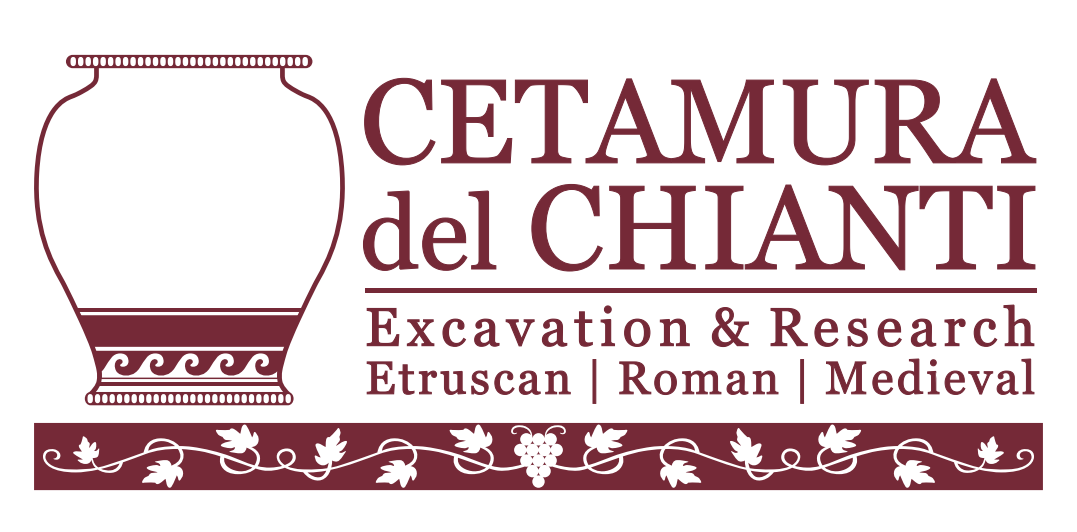HISTORY
Overview of the Excavation Timeline
The First Excavations
The permit to excavate the site of Cetamura del Chianti was granted to Americans of the Florida State University Study Center in Florence by the Soprintendenza alle Antichità d’Etruria (Superintendent, Guglielmo Maetzke) in 1973
Summer Field School
In 1978 the Cetamura project was converted from a course in the FSU Florence program to a stand- alone summer program, in which all attention was devoted to the excavation itself over a period of some 8 weeks.
Artisan's Area and Roman Villa
A major hypothesis for the nature of Etruscan activity at Cetamura is that it featured a center especially set off for the work of artisans on the northwest side of Zone II
Sanctuary and Ritual Pit
Spectacular confirmation of religious rituals and offerings came with the discovery of an entire sanctuary building, its altars and votive pits, in a flat area adjoining the artisans’ quarter
Wells of Cetamura
It would take 12 campaigns by Florida State University to get to the bottom of the depression, in reality a rock-cut well/cistern dug by Etruscans to 32.42 meters below ground level
1973-76
1978-82
1983-2000
2001-2011
2011-2016
